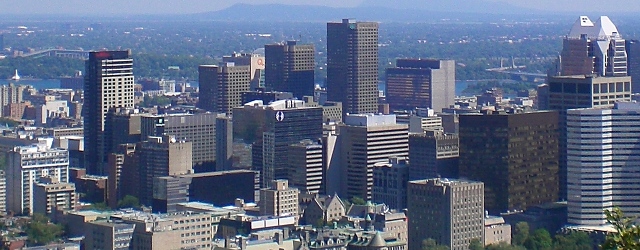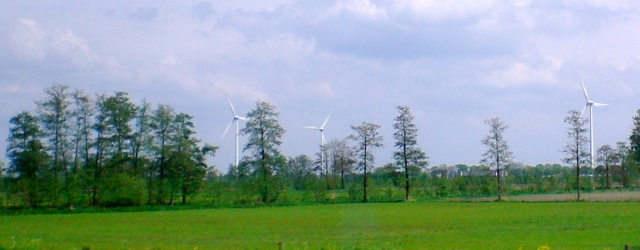The long term supply for nuclear fission fuels on the planet earth is estimated to last several thousand years at current consumption levels, assuming that we adopt reprocessing as well as develop and implement breeder reactors.
Tag: Nuclear Waste
Is most radiation from nuclear power?
Nuclear power is a tiny fraction of our total radiation dose. Nuclear power is legally obligated to keep its radioactive emissions incredibly low. Even people who live close to nuclear power plants will receive from them only a fraction of the dose that they receive naturally from their environment. Human-made sources account for about 20% of the dose to humans, with nuclear power composing less than 1% of the total dose. Coal is responsible for a larger portion of radioactive dose than nuclear is. This is a point missed by most people involved in the world discussion about energy sources.

Does nuclear power lead to weapons proliferation?
Arguments can certainly be made to support either side of this argument. This article gives examples of valid arguments on both sides of the issue. In general it is clear that understanding of nuclear energy fundamentals is a prerequisite for creating nuclear weapons. In this area however, the proverbial cat is out of the bag. Pandora’s box has been opened. The knowledge exists and is relatively widespread. The real question is what to choose to do with the knowledge that the world now has.
Does nuclear waste last millions of years?
Prior to reading this article, it is recommended that you read our basic definitions for discussing nuclear science. In this article we refer to ‘used nuclear fuel’ and to ‘nuclear waste’. For our current discussion these are both the same thing. To get a deeper understanding of nuclear power in general, see our general nuclear […]

Nuclear Myth and Fact Project
Nuclear Power: Our First Major Project In October 2008, the Uranium Development Partnership committee was formed by the government of Saskatchewan. We noted that the mandate of the committee was to recommend the best ways for Saskatchewan to enjoy prosperity by developing nuclear industries. We also noted that the committee seemed to be filled primarily […]

What does ‘renewable’ mean after all?
If you think of renewable sources of energy you probably think of things like wind turbines, solar panels, biomass plants, and hydroelectric plants. However, these are just examples. What does it mean to be renewable?

Nuclear Power: The Whole Story
Electrical power production using a nuclear power source is accomplished through the heat produced by bringing greater than a specific amount of radioactive material together. Water is heated to create steam, which in turn spins turbines to generate electricity. Greater quantities or concentrations of nuclear material produce more heat. The higher the temperature of the heat source, the more efficient the production of electricity from it becomes. If the core becomes too hot, it is possible for core material to melt. If the reactor core is kept relatively cool, the energy production is not thermodynamically or economically efficient. Combinations of different fuels, fuel cladding, and coolants have been tested to optimize reactor cores for efficient power production while remaining very safe. Many different combinations are in use today, each with it’s advantages and disadvantages.

Critique of Saskatchewan’s UDP Report
The Uranium Development Partnership (UDP) is a ministerial advisory committee established in October 2008 for the purpose of analyzing the economic feasibility of all forms of uranium development in Saskatchewan. On Friday April 3rd, the final report was released to the public containing recommendations to the government of Saskatchewan.